Palmetto Bluff Real Estate Company Sales Office
Office Hours
Monday-Friday 9am - 5pm
Saturday 9am - 4pm
Sunday 12 - 4pm
Saturday 9am - 4pm
Sunday 12 - 4pm
If you’ve ever wandered the streets of Palmetto Bluff and gazed up at our centuries-old live oaks, you probably noticed delicate green fronds creeping up and curling around the massive trunks and branches, carpeting the trees in a lush green coat. This iconic image often seen throughout Southern landscapes is resurrection fern.

During periods of drought in the Lowcountry, folks not familiar with the magical ability of resurrection fern may spy its curly, brown leaves growing on the branches of a live oak and think it’s beyond hope. But then the rain comes, and with it, the miracle of resurrection fern…

The common name of the species Pleopeltis polypodioides, the resurrection fern is an evergreen fern that is typically found growing on trees, fallen logs, stumps, ledges, and rocks; however, in the Lowcountry, one of its most popular host plants is the live oak.
Like the Spanish moss that also makes its home on oak trees, the resurrection fern is an epiphyte, or air plant, which means it is dependent on its host plant for support but not nutrition. It grows on the surface of other plants and trees and derives its moisture and nutrients from the air, rain, water, or from debris accumulating around it. The flora is not parasitic and causes no injury to host trees; rather, it’s an integral part of the habitats that provide food and shelter for birds, lizards, insects, and mammals alike.

Found mostly throughout the Southeast, resurrection fern can be found in a variety of habitats, including as far north as New York and as far west as Texas. And, due to its ability to withstand drought, this tiny fern can do what few plants can: look dead one day and completely alive the next.
Pleopeltis polypodioides is called “resurrection fern” because, in periods without water, the fern appears to die. It shrivels up, its fronds turning brown and curling inward to minimize the surface area exposed to the element—that is, until the next rain, when the resurrection fern will miraculously spring to life within a matter of hours, uncurling and resurrecting to a live, healthy, green fern.

An old Southern favorite that grows four to 12 inches long, spreads widely by slender, creeping rhizomes, and is often found on the massive limbs of live oaks, this remarkable plant can lose 75-97% of its water content during extreme droughts and still survive! (By contrast, most other plants can lose only 10 percent of their water content before they die.) And while the plant gets its name from this supposed “resurrection,” it never actually dies during the process. It shrivels up to a grayish brown clump of leaves, coming back to life when it is exposed to water again—looking green and healthy.
Even more miraculous? It is thought that this Southeastern native can live as long as 100 years without water.

Here at Palmetto Bluff, resurrection fern is growing on most of the live oaks on property, as well as a few other species of trees, like cypress and magnolias. And, depending on recent rain conditions, there is an opportunity to observe the fern in both forms—desiccated and lush—all on the same day.
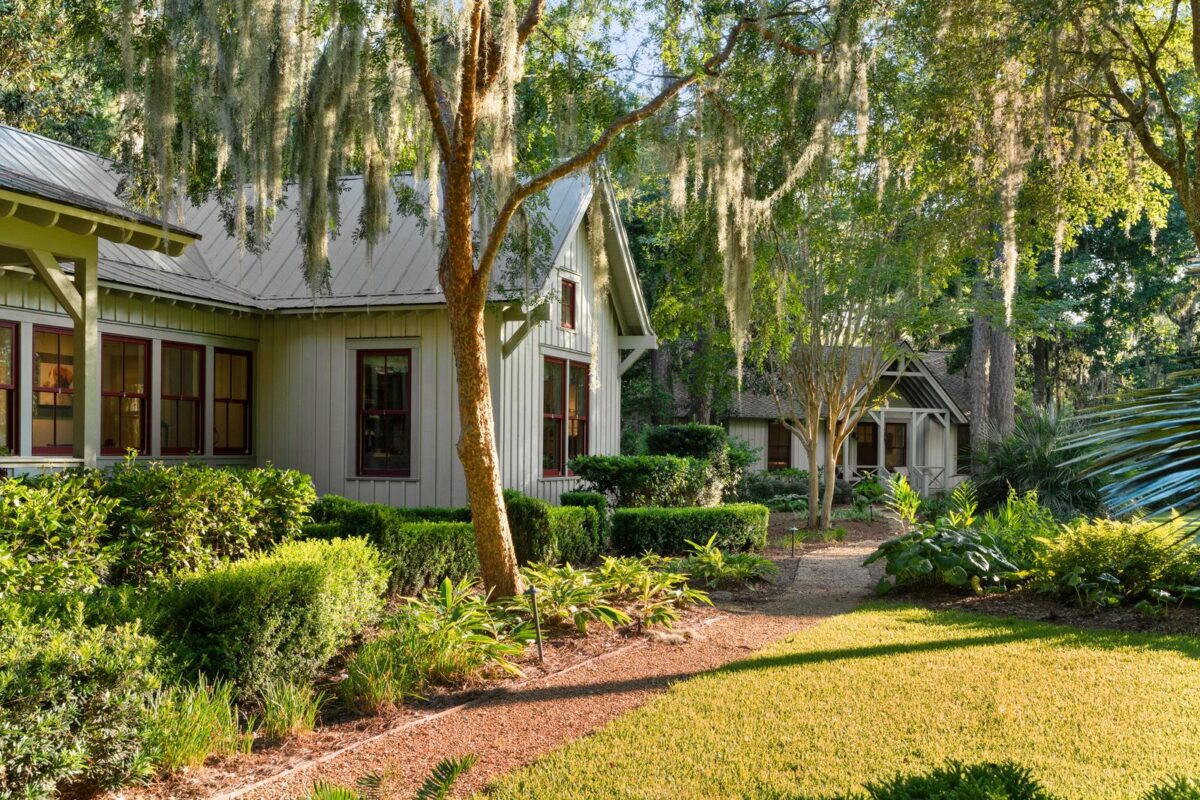
Explore Available Listings with Room For the Whole Family At Palmetto Bluff, life moves at the pace of the tides; slow enough to savor, yet rich with moments worth sharing. And when it comes to welcoming the people you love most, the right home makes all the ...
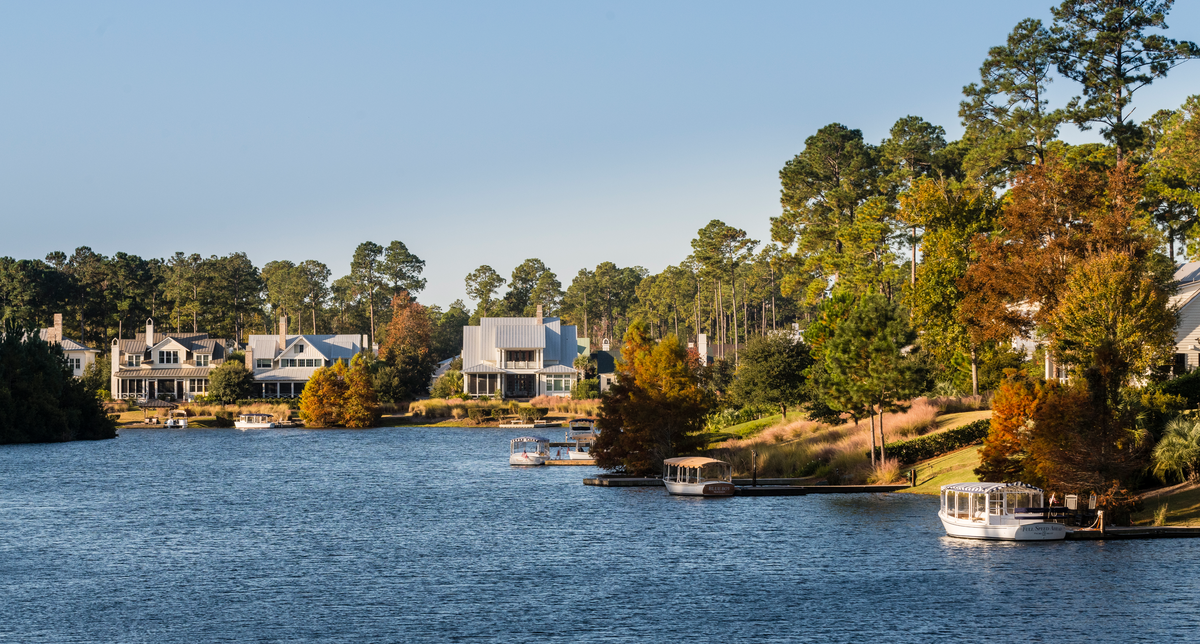
Real Estate in Bluffton, SC: Trends, Updates, and Insights The first half of 2025 has been nothing short of remarkable for Palmetto Bluff Real Estate Company, with sales volume, transaction count, and market share setting a strong pace for the year ahead. As ...
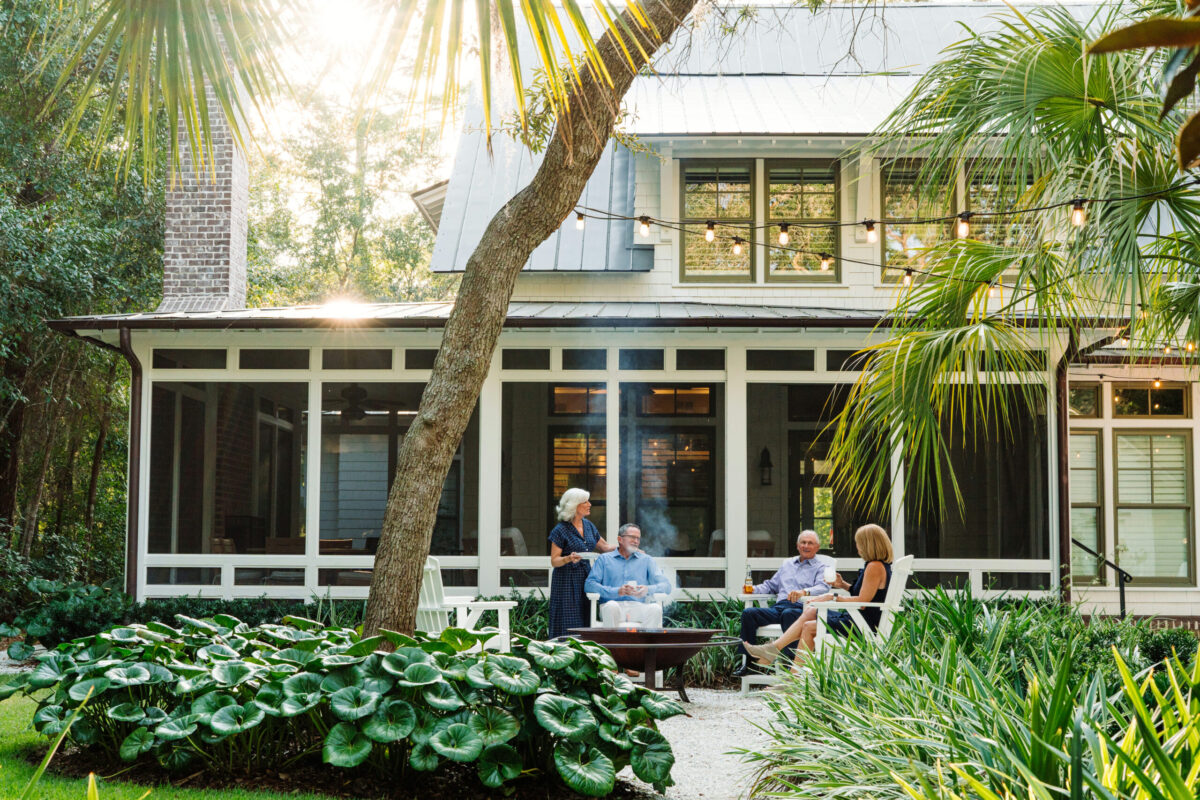
Enhancing Coastal Living With Lowcountry Landscaping Trends The Lowcountry lies along the southeastern coast of the United States, a region known for its breathtaking landscapes, rich history, and unique culture. From the charming streets of Charleston to the...

By Katie Epps, Palmetto Bluff Archaeologist Standing on the bluff that rises above the May River, gaze across the vast expanse of marsh and sky. This is a landscape virtually untouched by time. Imagine this vista in the eighteenth century, in the throes ...

The school year has officially begun, and the sound of school buses can be heard throughout the Lowcountry. As is true for much of South Carolina, Bluffton and the surrounding areas have experienced exceptional growth over the past 10 years, and so have the op...

As summer gives way to fall, Palmetto Bluff welcomes the season with a thoughtfully curated lineup of events that reflect the spirit of community and the beauty of the Lowcountry. For Club members, these gatherings are more than celebrations—they’re a signatur...
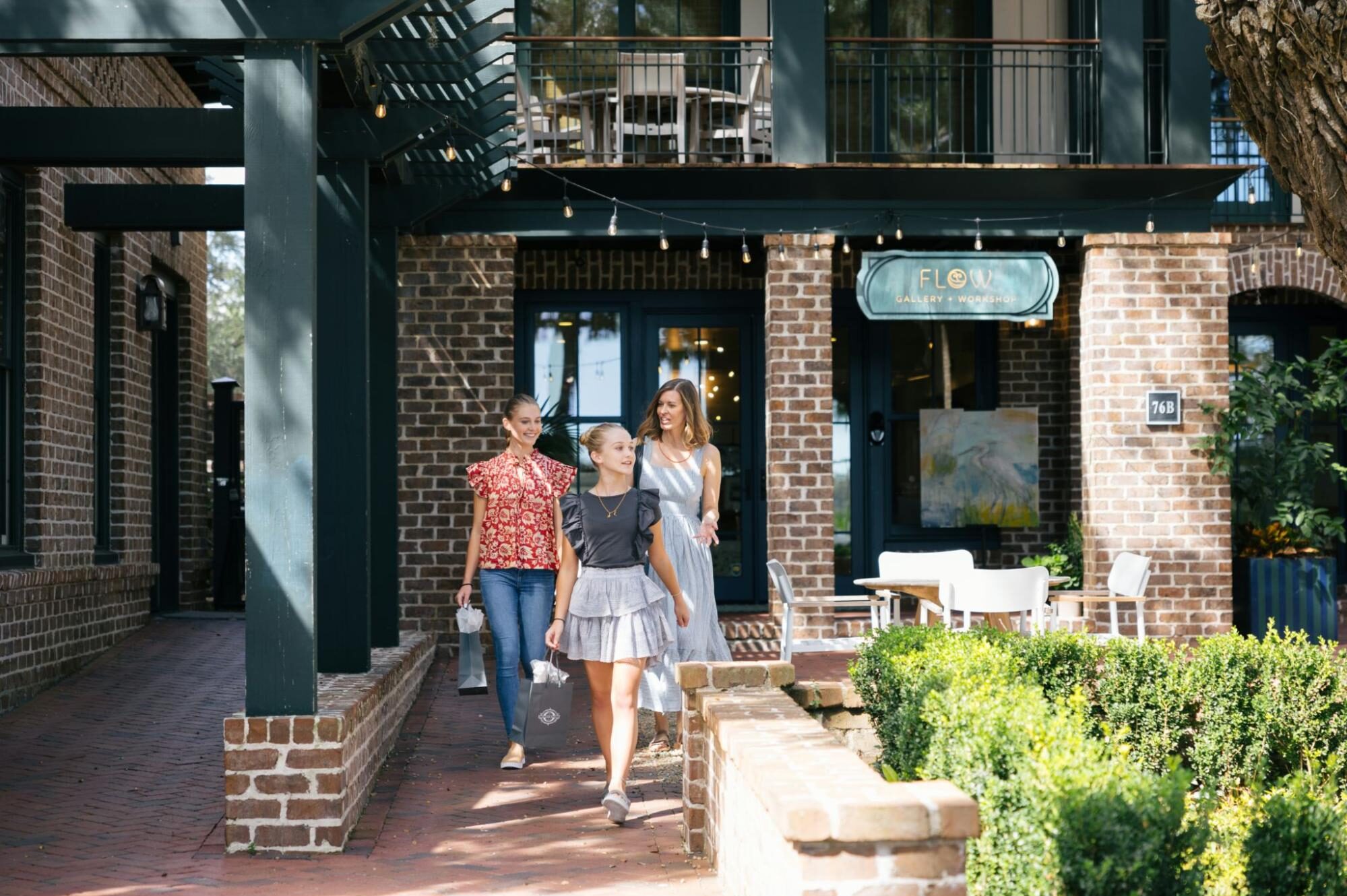
Tucked into the heart of the South Carolina Lowcountry, Palmetto Bluff is more than a destination—it’s a way of life. Spanning 20,000 acres of pristine marshes, winding rivers, and timeless Southern charm, the Bluff offers something for every type of traveler....

Tucked deep in the maritime forest and bordered by the headwaters of the May River, 11 Headwaters Road is one of the most private and secluded properties in Palmetto Bluff. Set on 24 acres within a gated enclave of just ten legacy estates, this seven-bedroom, ...

Two-Bedroom Homes in Palmetto Bluff: Small Spaces, Big Advantages At Palmetto Bluff, life moves at a more thoughtful pace, one centered around nature, community, and well-designed spaces that invite you to slow down and savor the moment. Within this disti...
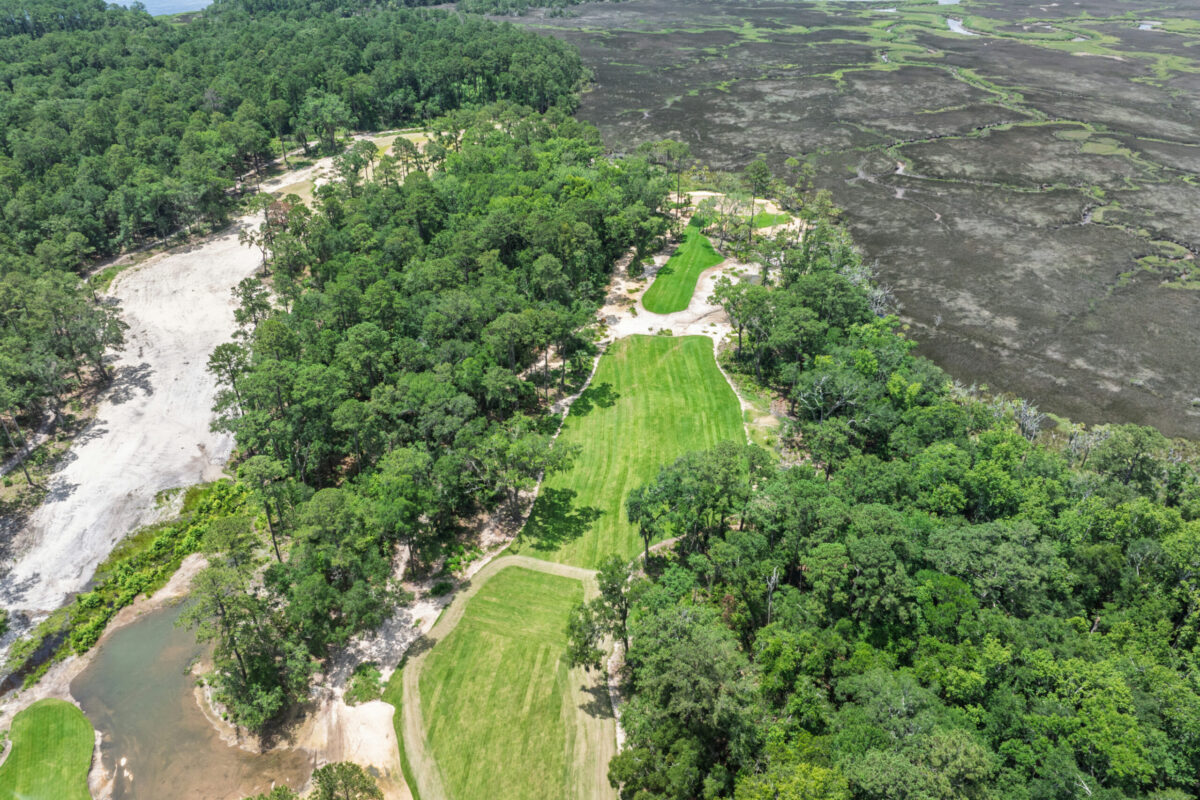
Take a Peek at the Coore & Crenshaw Course at Palmetto Bluff Golf has always been more than a game at Palmetto Bluff. It is a way of experiencing the land, connecting with nature, and building community through quiet competition and shared moments. With t...
Learn about the Palmetto Bluff Conservancy and how we keep the vision of our land in place.
On land or water, there is an ever-evolving variety of activities.
We do not attempt to independently verify the currency, completeness, accuracy or authenticity of the data contained herein. All area measurements and calculations are approximate and should be independently verified. Data may be subject to transcription and transmission errors. Accordingly, the data is provided on an “as is” “as available” basis only and may not reflect all real estate activity in the market”. © [2023] REsides, Inc. All rights reserved. Certain information contained herein is derived from information, which is the licensed property of, and copyrighted by, REsides, Inc.